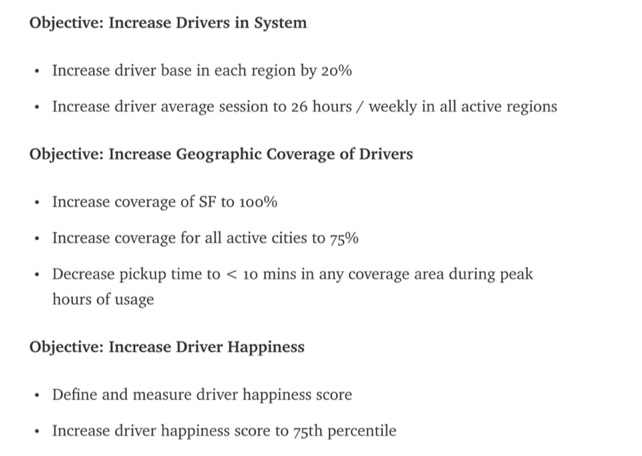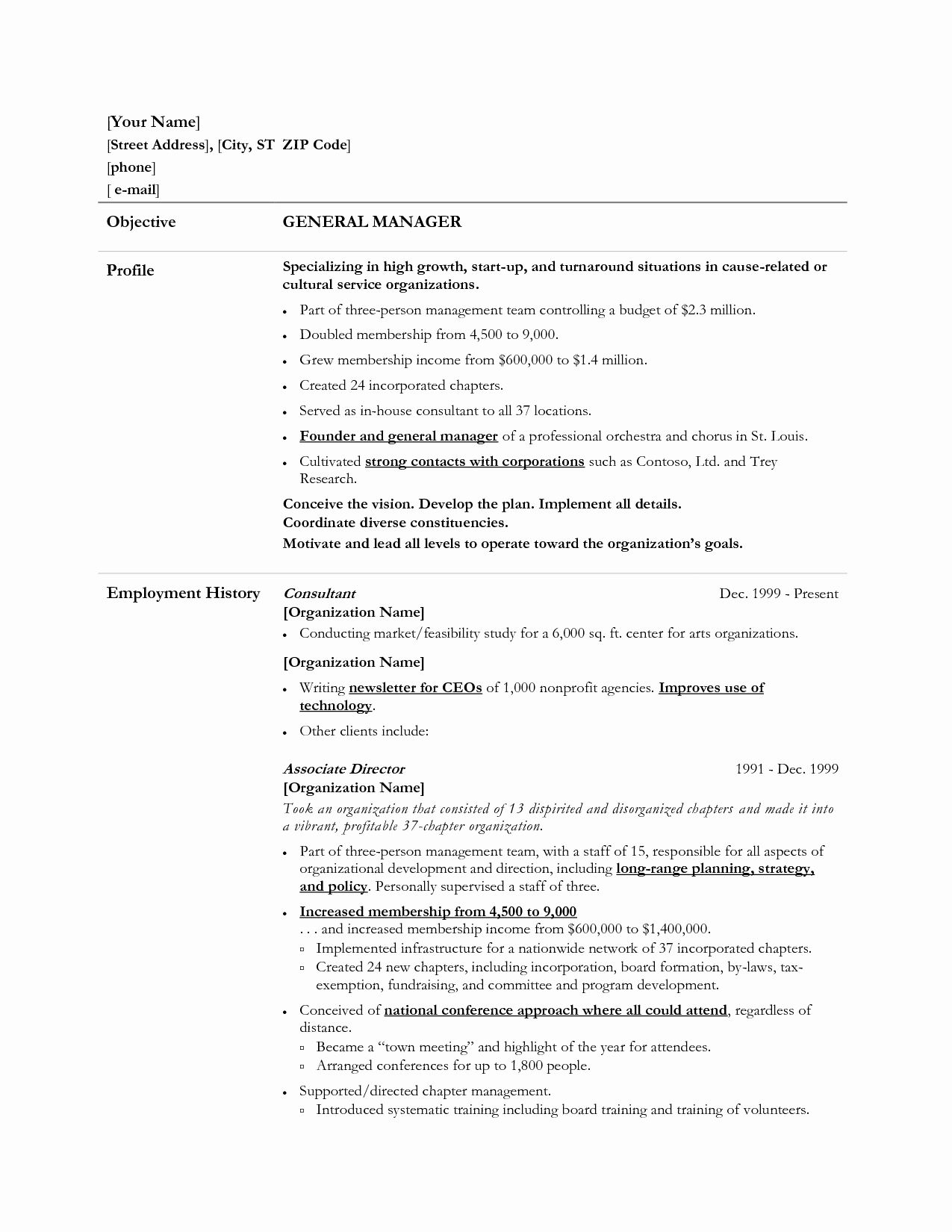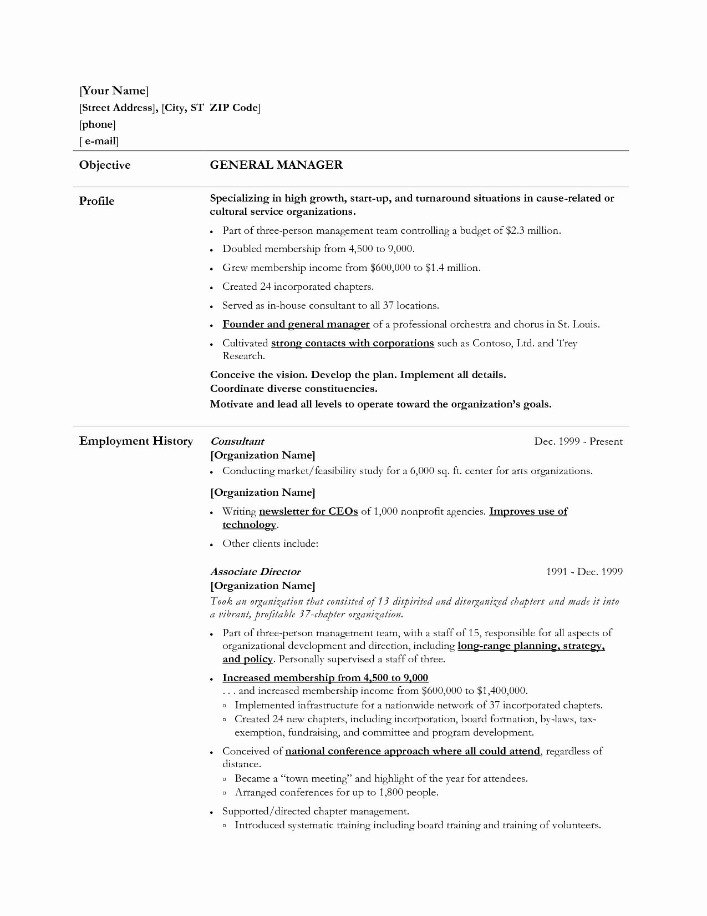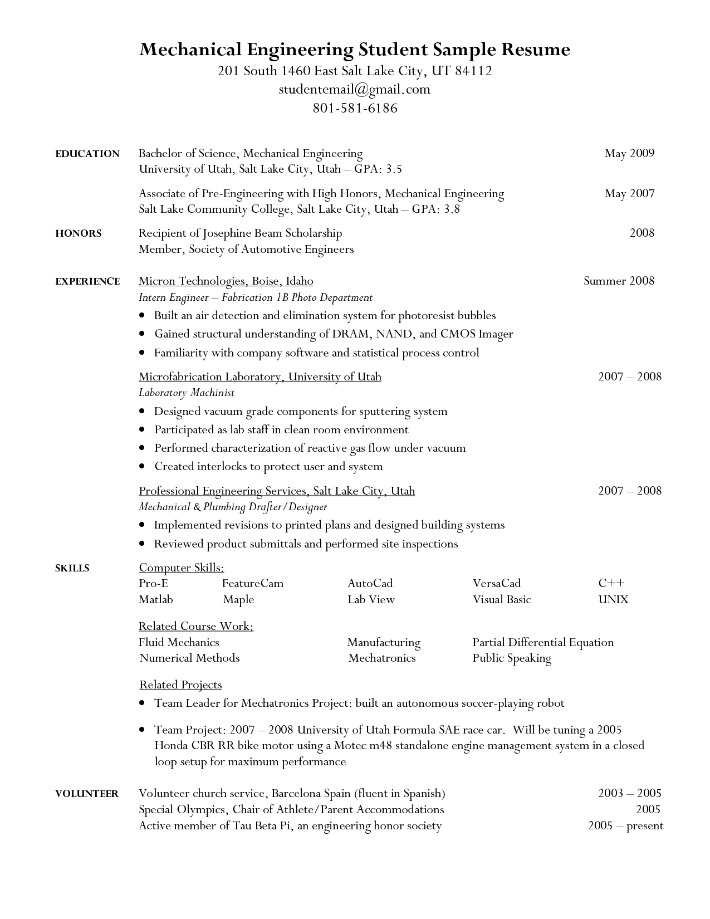It is this vulnerability, this susceptibility to unexpected https://www.globalcloudteam.com/ errors, that can create substantial complications for builders. In the Swift vs. Objective-C comparability, it is this Achilles heel that could tip the scales in Swift’s favor. In this chess match of Swift vs. Objective-C, Apple’s strategy has been to ensure harmony quite than promote rivalry. Developers, regardless of their language choice, can seamlessly port and interpret code in Swift.
Am I Able To Mix Goal C And Swift?
The pull request has already been created and accredited swift vs objective-c by the creator of Swift, Chris Lattner. It is an interesting fact that, so far, nobody really makes use of Swift in Android programming. As nicely, Swift code is more transportable to other platforms than Objective-C might ever be. The performance of Swift is sort of the same as that of C++, which is considered the fastest in algorithm calculation arithmetics. For example, Swift 2.0 has beaten C++ in a number of computation algorithms, such as Mandelbrot algorithm.
- This pivotal facet is particularly essential in the realm of iOS app improvement, where the complexity and size of purposes often necessitate environment friendly reminiscence management.
- Objective-C is an object-oriented programming language developed by Brad Cox and Tom Love, based mostly on the C language with the addition of Smalltalk features.
- This means there can be variables with completely different names across the codebase that every one refer to the same object.
- Compared to different object-oriented languages, Objective-C has a extra verbose syntax.
Benefits Of Swift Over Objective-c
Swift is designed to be user-friendly, with a syntax that is clear and straightforward to grasp. This is a big development over Objective-C, which is usually considered to have a more complex and fewer intuitive syntax. The sphere of net and cellular growth has turn into an essential frontier for a various vary of corporations and inventive studios. The highlight here is predominantly shared by Swift and Objective-C, given their significance in driving innovation and establishing robust options.
No Pointer Means Swift Is More Secure:
Swift’s journey as a programming language has been marked by its recent, modern approach to coding. It boasts an easy-to-comprehend syntax that reduces the training curve for newcomers while satisfying the requirements of seasoned developers. Beyond this, Swift has implemented superior error management mechanisms that enhance code reliability and facilitate quicker debugging, elements that endear it to builders. To conquer the iOS app landscape and drive organizations to new heights of success, go through this head-to-head comparison between Swift and Objective-C to make an informed decision.
Swift Vs Goal C Difference
We have specialists in iOS development, Android growth, Flutter growth, and even web development prepared for placement. Swift has turn out to be the language of choice for lots of new tasks and Apple’s focus for model new releases. As the tide shifts in direction of Swift, less of the community contributes to help for Objective C. The community and support panorama for Objective-C and Swift reflects the evolution of iOS app improvement. Objective C programming language can’t compete with the superior options of Swift. Objective-C’s default for memory management is guide retain-release (MRR), also known as manual reference counting (MRC).
Computer Programming Languages: Objective-c
In Objective-C, we can simply clean them up — on the level of pointers and bytes — leaving solely the present minute and the final two. And in Swift, this can require a high stage of abstraction and a lot of code (or utilizing Objective-C methods through the Swift interface). Thirdly, if you need advanced work with the network, memory, device sources, then you want to use languages \u200b\u200bwith a lower level of abstraction than Swift. It could be Objective-C, Objective-C++, or just C and C++, relying on how low stage we wish. Secondly, while some functions cannot be rewritten in Swift, this requires money and time that the corporate or customer is not keen to spend.
What’s Scala? A Detailed Overview Of The Scala Programming Language
Masonry is a framework for creating auto layouts in iOS utilizing Auto Layout with easy and easy-to-understand syntax. Swift includes trendy features corresponding to useful programming paradigms, closures, and tuples. Developers use Objective-C to create applications for embedded techniques and IoTdevices because of its small footprint and talent to run on low-powered devices. In the battling area of Swift vs. Objective-C, Objective-C’s ability to accommodate both cutting-edge and older iOS and macOS variations stands out. The Swift vs. Objective-C discourse takes on a new perspective when one delves into the profound evolution that Objective-C has undergone.
Advantages Of Apple’s Swift Programming Language
Generally, messages are transformed to function calls outlined within the Objective-C runtime library. It isn’t necessarily known at link time which method might be known as because the class of the receiver (the object being sent the message) needn’t be identified until runtime. Objective C uses dynamic typing, which might have an impact on its runtime performance.
Swift also takes care of memory management better than Objective C. The lazy evaluation can make your code sooner and more environment friendly because the variables don’t get initialized before you need them. One thing that makes Objective C even less tempting to be taught is the truth that Apple doesn’t update it anymore. Even although the language won’t see a sunset any time quickly, it won’t get any higher both. Objective C is also a general-purpose programming language with an object-oriented edge to it. The main use case for Objective C is building iOS apps and macOS applications.
Its memory administration is extra complicated and has the legacy necessary to be understood by C and Smalltalk. In brief, Objective-C has a better barrier for model new developers due to complicated syntax and coding situations. If you might be deciding whether or not to study Objective-C or Swift – select Swift. It is extremely recommended to learn Swift, as it’s more logical, easier to read and perceive, and tailored particularly for Apple’s hardware.
Indeed, Swift’s maturity and manufacturing readiness are confirmed by the very fact it powers apps like LinkedIn, Lyft, Khan Academy, Airbnb, Eventbrite, Sky Guide, Wikipedia, Coursera, Slack, and VSCO. Objective-C has existed for many years and has a considerable amount of documentation, libraries, and tools supported by Apple. Coding bootcamps may train Objective-C, although it is much less widespread than trendy languages like Swift and Kotlin. Many websites — such as Code School, Codecademy, and Udemy — offer tutorials and programs on Objective-C. Fewer tools and libraries can leverage Swift to increase the capabilities of the language.
NeXT acquired Objective C, changed rights to StepStone, earlier than transitioning to Apple in 1996. In 2016, there was an excellent speech presenting the reasoning behind this choice for the company. The backside line was that Swift was the higher alternative for smaller and start-up initiatives, as was simpler to work with. On the other hand, within 3 years, Swift turned extra mature and clear up its points within the early stages. Objective-C has been in use for over three decades, resulting in in depth documentation and neighborhood help. Developers can simply discover options to their queries on boards like Stack Overflow.
Swift also has higher optimization and error dealing with mechanisms than Objective-C, which can enhance the app’s stability and effectivity. However, Objective-C still has some advantages over Swift when it comes to efficiency, such as faster startup time, lower binary dimension, and higher compatibility with C libraries and frameworks. However, Swift is rapidly gaining traction and support among developers and Apple alike. As the language of alternative for lots of new iOS app growth projects, Swift’s community is rising rapidly, with more sources and tools turning into available for builders to benefit from. In conclusion, both Objective-C and Swift have their own strengths and weaknesses.




